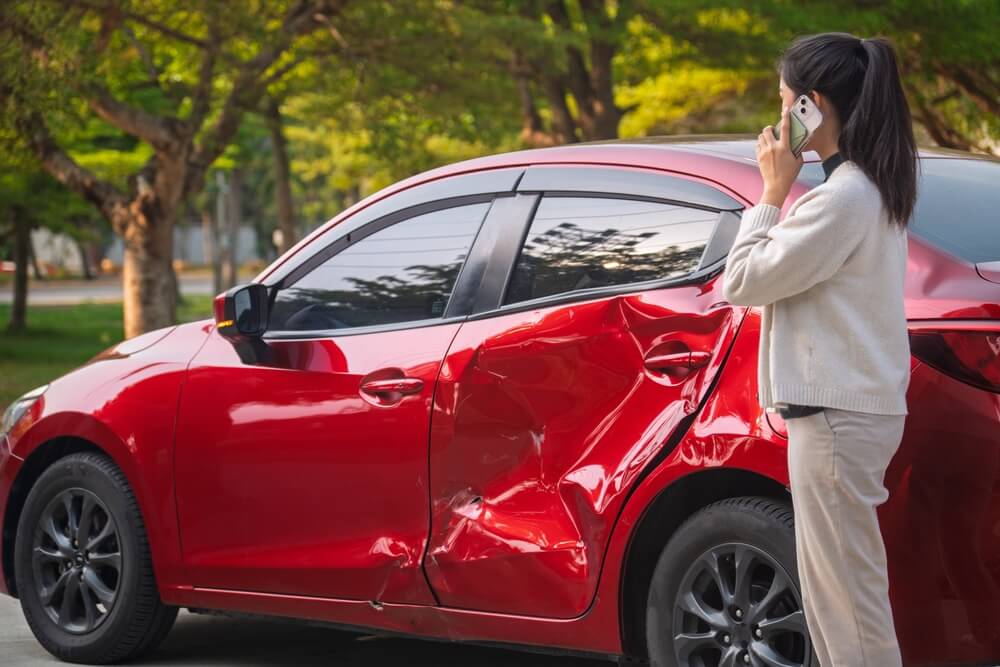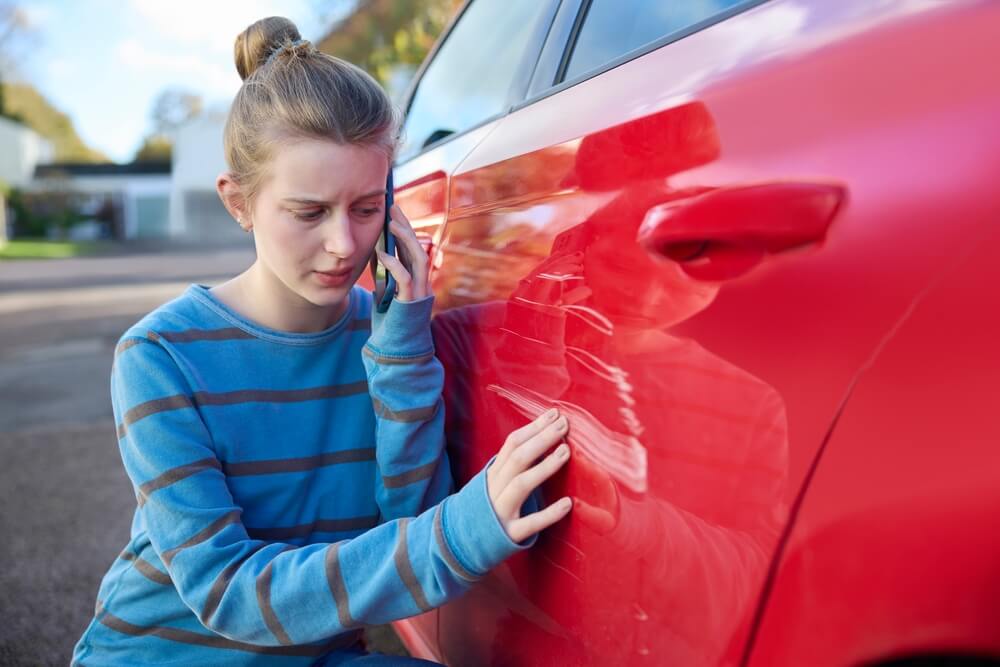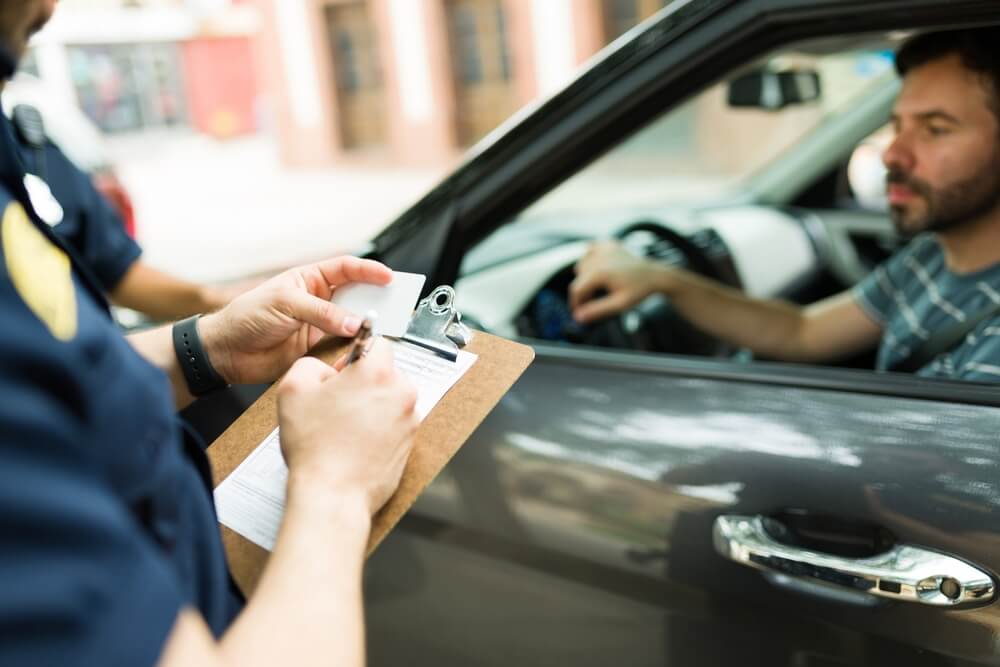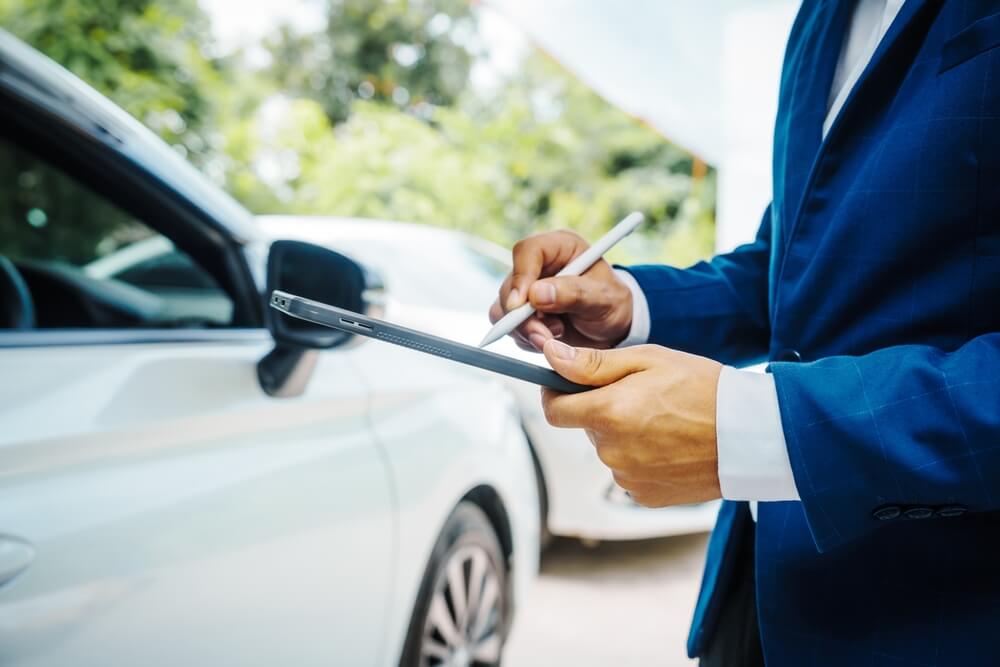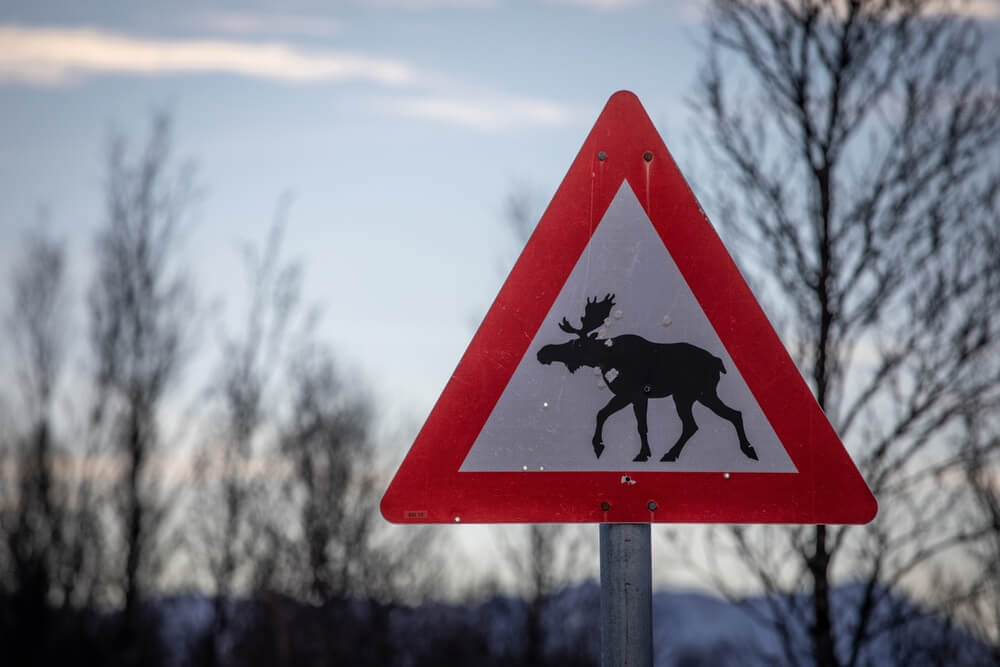
If you are not redirected within 30 seconds, please click here to continue.
Samedi: 10h – 16h HAE

If you are not redirected within 30 seconds, please click here to continue.
If you are not redirected within 30 seconds, please click here to continue.
How to buy a car out of province

With the average new car costing $$64,564, expanding your search beyond your province can open up opportunities to find a vehicle that matches both your needs and your budget. However, the process can be more complex than getting it from a local dealer.
To buy a car out of your home province, carefully vet your options carefully by getting a vehicle history report and having a local inspector go over the car you want. Make sure it meets your home province's regulations, gather essential paperwork like the bill of sale and registration, and make sure you’ve budgeted for the trip back home.
While buying out of province takes more effort, it can help you access a wider selection, better deals, or specific models not found locally.
Research and select your car
Start by comparing car listings on national platforms like AutoTrader, Kijiji Autos, AutoPlanet, or dealerships' websites. These platforms make it easy to browse thousands of options, filter by your desired make, model, mileage, location, and budget, and even save your favorites for later.
Learn more: The 10 most stolen vehicles in Canada for 2024
Check vehicle history and condition
Once you’ve narrowed down your choices, it’s time to look into each car’s history because you do not want to get stuck with a faulty or flood-damaged car.
A Vehicle History Report from Carfax or AutoCheck can reveal details like previous owners, service records, and, most importantly, whether the car has been in any accidents.
These reports start at $29 for a single vehicle report, with packages costing up to $134 that include reports for three vehicles and a lien check to ensure there’s no outstanding debt tied to the car.
Whenever possible, hire a professional local inspector or mechanic to assess the car’s condition. This pre-purchase inspection (PPI) should cover the engine, brakes, cooling and exhaust systems, body integrity, and any past damage or repairs. Depending on the province and scope, PPIs cost between $100-$200 and can save you from costly surprises later.
If you're buying remotely, you can still arrange for a professional inspection. Leverage online services like Greasemonkey Inspectors which offers inspections across provinces like Alberta, British Columbia, Quebec, Ontario, Manitoba, and Nova Scotia. Additionally, provincial resources can be helpful: SGI (Saskatchewan Government Insurance) provides a list of certified inspection stations for light vehicles and motorcycles, while Vehicle Safety BC offers a map tool to locate licensed vehicle inspection facilities in British Columbia.
For more options, you can also explore online directories like Google Reviews or Yelp to find highly rated inspectors, check with provincial vehicle safety organizations, or look for services that provide remote inspection options with detailed reports, photos, or videos.
Related: Why your new car’s headlights cost $6,500 more than your old car’s headlights
Financial considerations
While a car found outside your province might have a better sale price, the process of retrieving it will cost more if you were picking it up locally. Factor into your budget expenses like inspections, travel for pickup, transportation, fuel, meals, accommodation as well as possible upgrades to comply with your province’s regulations.
Additionally, sales tax can get tricky when buying out of province. You’ll initially pay the HST/PST/GST of the purchase province and might need to apply for a refund to pay your home province’s tax if there’s a difference.
Financing options
Most banks, credit unions, and even dealers will finance out-of-province car purchases. Check with your financial institution or an online lender in advance to streamline the process, so you're ready to secure the car you want without delays.
Read more: How much do you need to make to afford a used car in Ontario?
Meeting provincial rules for your car purchase
Each province may have different vehicle emissions laws. These rules help limit harmful pollutants like carbon monoxide and nitrogen oxides that vehicles release into the air. While federal emissions standards apply across Canada, you should make sure your newly purchased car meets your home province’s regulations.
For example, when registering a vehicle purchased from outside Ontario, you’ll need a Safety Standards Certificate. This certificate confirms that the vehicle meets Ontario's minimum safety standards and is a key part of the registration process. You can obtain it from a licensed inspection station in Ontario.
Additionally, you’ll require a temporary permit to drive the car back to your home province for registration. These special permits, available at local provincial service offices, typically grant around 10 days for the return trip, giving you enough time to get the vehicle properly registered in your name.
Read more: Can you negotiate the price of a used car in today's market?
Document and register your car
Buying a car comes with its share of paperwork, and one critical document is the bill of sale. This serves as both your receipt and proof of ownership. Make sure it includes key details like the purchase price, date, and the VIN (Vehicle Identification Number)—a 17-character unique code acting as the car’s identifier.
The document should also have your name and the seller’s name, along with both addresses and signatures. Leaving out any of this information could delay the registration process in your home province.
Store all the paperwork safely, as it will be required for auto insurance and registration. Key documents to keep include:
- Bill of sale (showing tax paid)
- Vehicle registration
- Provincial inspection certificates (including emissions tests)
- Mechanical inspection records
- Vehicle history report
Related: How does a vehicle trade-in work?
Transport the car to your home province
You’ve bought your car, and now it’s time to bring it home. If you’re driving it back yourself, here’s what you’ll need before hitting the road:
- Temporary permit to legally drive the car home.
- All purchase documents, including the bill of sale and registration.
- A valid driver’s license and proof of temporary auto insurance. Contact your insurer to temporarily add the new car to your policy for the trip. This can protect you from out-of-pocket costs in case of damage.
If you’ve made an impulsive car purchase, your existing insurance policy may temporarily cover the vehicle. In Ontario, for instance, there’s typically a 30-day grace period to register and insure an out-of-province purchase, provided you already have active insurance. Alberta offers a 14-day grace period for insurance and registration, but again, coverage is limited to your existing policy.
Always confirm coverage details with your insurer, as rules vary by province.
Learn more: Does your car insurance cover you when travelling out of province?
If a road trip isn’t an option, consider having the car shipped. To ensure a smooth process:
- Research transport companies carefully. Look for licensing, insurance, and trusted reviews. Ask your network for recommendations and compare options.
- Request detailed quotes and clarify what’s included in the price. Costs depend on factors like car size, distance, and transport vehicle type. Shipping can range from $700 to $3,600, so ask upfront to avoid surprises.
- Inspect the car before shipping. Take photos to document its condition. When the car arrives, check for any damage. If there’s an issue, you can file a claim with the shipping company.
Once your car is home, schedule a tune-up and notify your insurer to activate your permanent auto insurance. After registering your new vehicle with your province, you’ll be ready to enjoy your purchase.
Read next: How will US tariffs affect your auto and home insurance?
Don't waste time calling around for auto insurance
Use RATESDOTCA to shop around, and compare multiple quotes at the same time.
Get money-saving tips in your inbox.
Stay on top of personal finance tips from our money experts!



